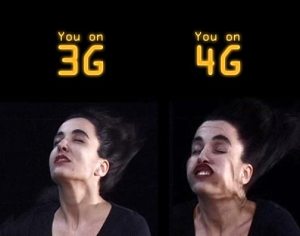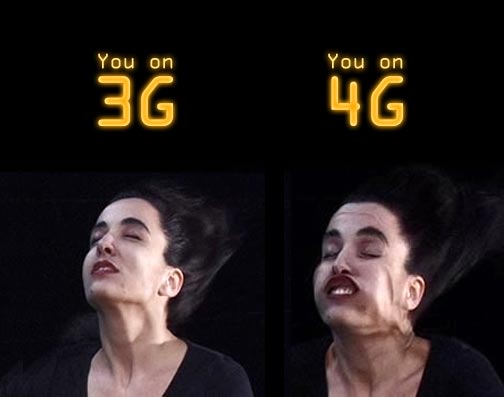 Still not sure what 4G really means? A new bill put before Congress today intends to push wireless providers to dish all the dirty details about their data networks.
Still not sure what 4G really means? A new bill put before Congress today intends to push wireless providers to dish all the dirty details about their data networks.
If passed, the Next Generation Wireless Disclosure Act would effectively force providers to quantify the speeds behind current marketing terms like 4G. Championed by Rep. Anna Eshoo (D-CA), the bill also calls for disclosure of network reliability, minimum speeds, and even network conditions that might adversely affect reliability. Under the Act, the FCC would be responsible for offering curious consumers side-by-side comparisons of the top 10 region’s 4G providers.
“Consumers deserve to know exactly what they’re getting for their money when they sign-up for a 4G data plan,” said Eshoo in statement announcing the bill. “We need to enhance transparency and ensure consumers are fully informed before they commit to a long-term service contract.”
For many, the confusion stems from the 4G’s naming scheme and the marketing attached. To wit, T-Mobile advertises that it has the nation’s largest 4G network, but in reality the company’s HSPA+ network is a 3.5G network that happens to perform just as fast as some 4G networks. Effectively, this bill would cut through marketing jargon like this to deliver what most consumers are looking for — actual facts and throughput speeds.
Though the bill will likely fall into the crosshairs of the telecom lobby, there’s still a pretty good chance it’ll gain traction with consumers. As wireless providers continue to signal the death of unlimited data, the industry can only expect more scrutiny from consumers.
VentureBeat's mission is to be a digital town square for technical decision-makers to gain knowledge about transformative enterprise technology and transact. Learn More

